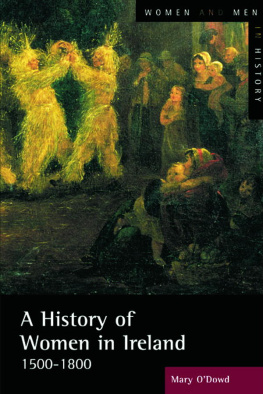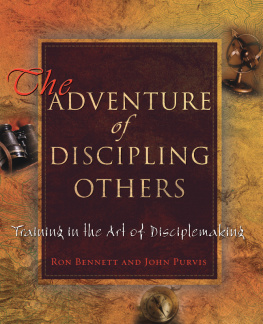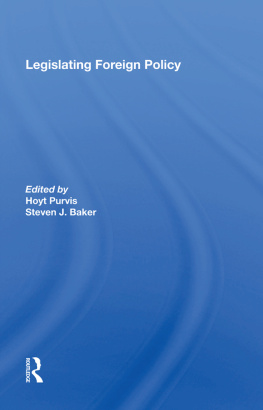1. Introduction
Girls Studies emerged as a distinct field of scholarly research in the 1990s. Its development was a reflection of the growing concern with the status of girls in contemporary society. The girl has been at the centre of global discourse in the twenty-first century. The education of girls, sex trafficking and grooming of female children, and the portrayal of teenage girls in popular culture have generated considerable public debate in many countries. Given the urgency of these issues, it is not surprising that most scholars in Girls Studies have concentrated on the girl in contemporary society.
The history of the girl has been slower to develop.
One reason that might be offered for the tardy development of research on the history of the girl is the difficulty of accessing the voices of girls prior to the twentieth century. This was also, of course, a familiar defense in the 1960s and early 1970s concerning the limited amount of research on the history of women . Yet, when historians explored the archives from a gender perspective, they realised that there was a wealth of relevant material. A focus on women and gender also provided new ways of looking at well-researched texts and documents. Similarly, the contributions in this volume reveal the wide range of sources that are available for the history of the girl. They include private letters and diaries , official government and school records, contemporary magazines and newspapers, and published and unpublished memoirs. Scholars have used some of these sources in the past but, like the use of gender as a category for historical analysis, an age-based analysis can provide new insights and perspectives. June Purvis (Chapter ) notes, for example, that the autobiography of Sylvia Pankhurst has informed the standard narrative of the public and private lives of the Pankhurst family since it was first published in 1931. Yet Purviss careful deconstruction of the text indicates that it reveals more about the authors constructed memory of her girlhood than may have been the case in reality.
This volume had its origins in a special theme panel on the history of the girl at the Congress of the International Committee of Historians held in Jinan, China , in 2015. The purpose of the session (which was sponsored by the International Federation for Research in Womens History ) was to ask an international group of historical researchers to identify key research questions and common themes in the global history of the girl. Chronologically, we also wanted the panel to cover a long span of time beginning in the medieval period. Despite the wide chronological and geographical spread, the panel discussion and the contributions to this volume converge on three main themes: the transition from girlhood to womanhood, the formation and education of girls, and the paid employment and work of girls.
A central question in the history of the girl is when does girlhood end and womanhood begin. The contributors to this volume suggest that there is no simple answer to this question. Historians of childhood have long pointed out that the distinction between childhood and adulthood is often blurred. While chronological age provides some guidance, it is not usually the determining factor. In medieval and early modern Europe an society, the terms boy and girl could be used for young people from infancy through to their mid- or late twenties.
Leaving home for work or education could also loosen parental control and propel the girl into adulthood. Despite the association of girls with the home and the domestic space, there is a long tradition of girls from poor families moving from their parental house to secure employment elsewhere. Sophie Brouquet (Chapter ) suggest that paid work in the eighteenth- and nineteenth-century textile industry was the means through which girls could achieve independence from their families. Similarly, Yan Hus analysis of oral interviews with girls in southwest China revealed their determination to create a new life for themselves far away from their place of birth. Adesina, however, documents the darker side of girls living away from home, as many Yoruba girls in Lagos earned their living not by hawking but as prostitutes.
Maynes and Waltner also query the level of economic independence acquired by girl workers in the textile industry in Europe and China . Like medieval a pprenticeship agreements, the contracts for the employment of girls in China were often made between a girls father and the textile manufacturer . In parts of Europesuch as Ireland the wages of domestic spinners were usually paid directly to a girls family. And when girls began to work in mills and factories , their wages were handed over to their parents , although they were given a small cash sum to spend on themselves. Girls employed in factory work in early twentieth-century China were frequently housed in dormitories and supervised by female employees. The world of work continued, therefore, to treat working girls as children who required adult control.
Educatio n could create a physical as well as a cultural divide between parents and their daughters. Asha Islam Nayeem (Chapter Although the female students had left home, their lives, like those of the Chinese textile workers , were carefully monitored by house wardens and academic supervisors.
Another way to explore the distinction between girlhood and young womanhood is to consider both concepts as cultural constructions. As Isobelle Barrett Meyering (Chapter ) document what this entailed. Both chapters, however, suggest that perceptions of the ideal girl and young woman were often more nuanced than the feminists of the 1970s assumed. The perceptions also differed over time and in different social or national contexts. Van Tilburg, for example, traces the impact of the new focus of psychologists on adolescence on the changing construction of girlhood in the late nineteenth and early twentieth centuries. The new modern adolescent girl of the fin de sicle might have had more freedom to socialise outside the home than girls in earlier times, but she was also identified as going through a difficult time in her life as she matured sexually and, thus, was perceived to represent a potential a danger to herself as well as to young men.
Although there was an international market in advice books with the works of English , French , and German authors translated and circulated in different countries, the advice was not always delivered in a uniform fashion. Eighteenth-century Dutch and German authors appear to have been more open about acknowledging and discussing sexual desire in young women than their English counterparts. Similarly, Bruce and Qin detected differences in the characteristics of the ideal girl in nineteenth-century Germany and China . They suggest that in Germany , the virtue of diligence was emphasised while in China there was a stronger focus on developing domesticity in preparation for marriage.
Eighteenth-century female authors of didactic tracts incorporated a proto-feminism in their advice to young women as they encouraged them to read and develop their own intellectual curiosity. In eighteenth-century Britain and Ireland , the literary lady was, nonetheless, an ambiguous figure, mocked but also admired. Girls were instructed to acquire an education that would make them agreeable and informed companions for their husbands, but they were also warned against flaunting their knowledge in social settings.) observes, the Irish bishop Edward Synge advised his daughter, Alicia , not to boast about her learning although, at the same time, he encouraged her to read as much as possible and regularly recommended books to her. Emily Bruce and Fang Qin note a similar mixed message on girls education among nineteenth-century German writers who warned of the dangers of feminine curiosity.









